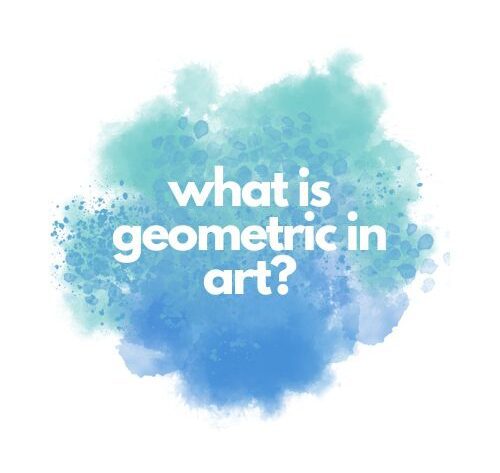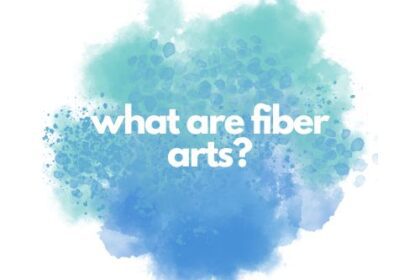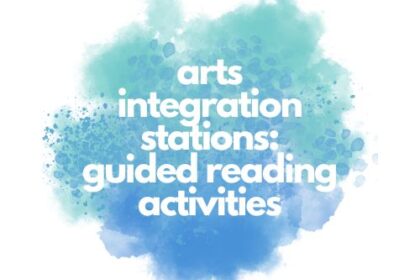Art is one of the perfect fine arts strands to demonstrate geometry. And if you’re thinking to yourself, “What is geometric in art?!” then read on!
Master Artist Examples
Living in the 21st century means we have access to amazing online resources like Google Arts and Culture. If you’re not familiar, it allows you to zoom into artworks in a truly magnificent way. There’s also a museum feature where you can tour different museums around the world.
Some master artists you may want to explore when showing geometric qualities in pieces are:
- Pablo Picasso
- François Morellet
- Paul Klee
- Gottfried Honegger
- Victor Vasarely
Arts Integration: Principles of Geometry + Art Composition
If you’re new to arts integration, this article is a great introduction.
An art project that features geometry would be an excellent culminating activity to demonstrate an understanding of the principles of geometry and art composition.
Teach the qualities of polygons in math. Ask your art teacher to help you create/partner to teach a lesson on the composition of art.
Then, assign your students to polygon groups: triangle, quadrilateral, pentagon, hexagon, and octagon. Provide them with the materials to compose their own artwork as a group.
Students apply both principles to creating their artwork and create a finished product.
The cool thing is that you can put any kind of specifications on it that you want. Require two equilateral triangles and five additional triangles. Or one traditional pentagon and three non-traditional pentagons. The quadrilateral group could even experiment with the various types of quadrilaterals.
If you wanted to extend beyond polygons, you can always layer on lines and angles, too.
Some Sources You Might Like from the Web
When Art Meets Math TpT Lesson from Teach in the Heart of Texas
10 Geometric Art Explorations by We Are Teachers
Using Origami to Teach Children about Endangered Animals on Edutopia (this is also cross-curricular with science)
And because I can’t resist, another origami article about the skills students develop, also on Edutopia
Would you use this in your classroom? Let me know in the comments!





